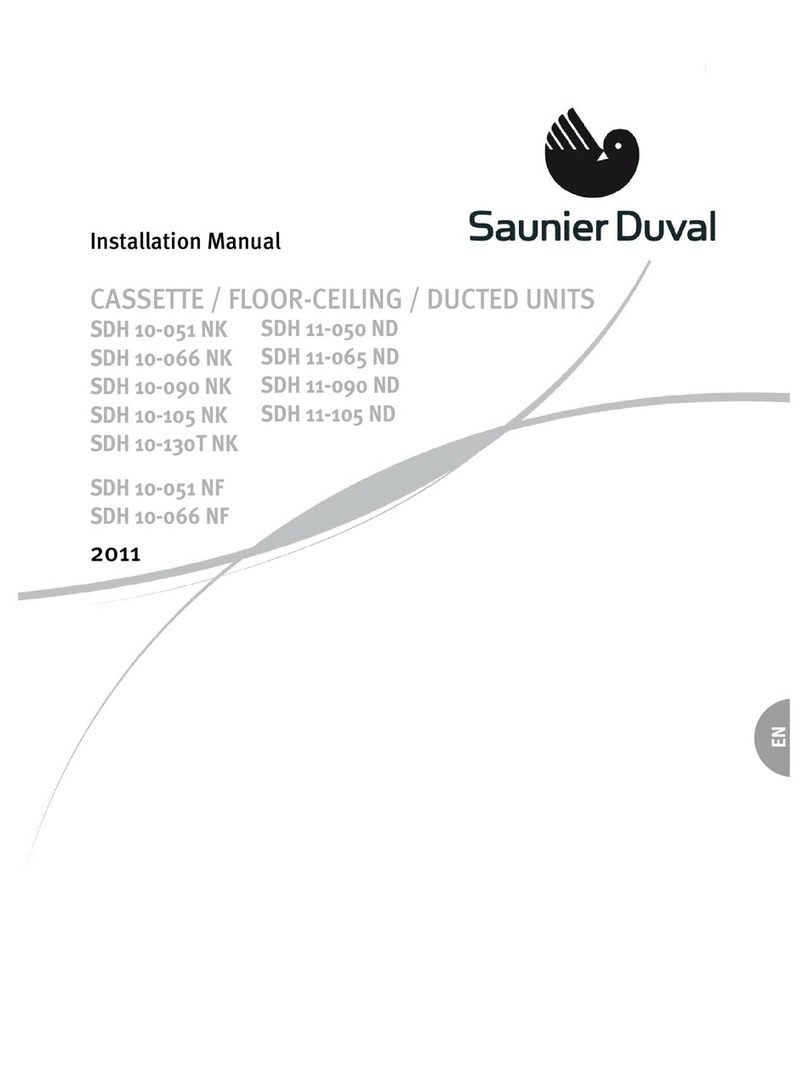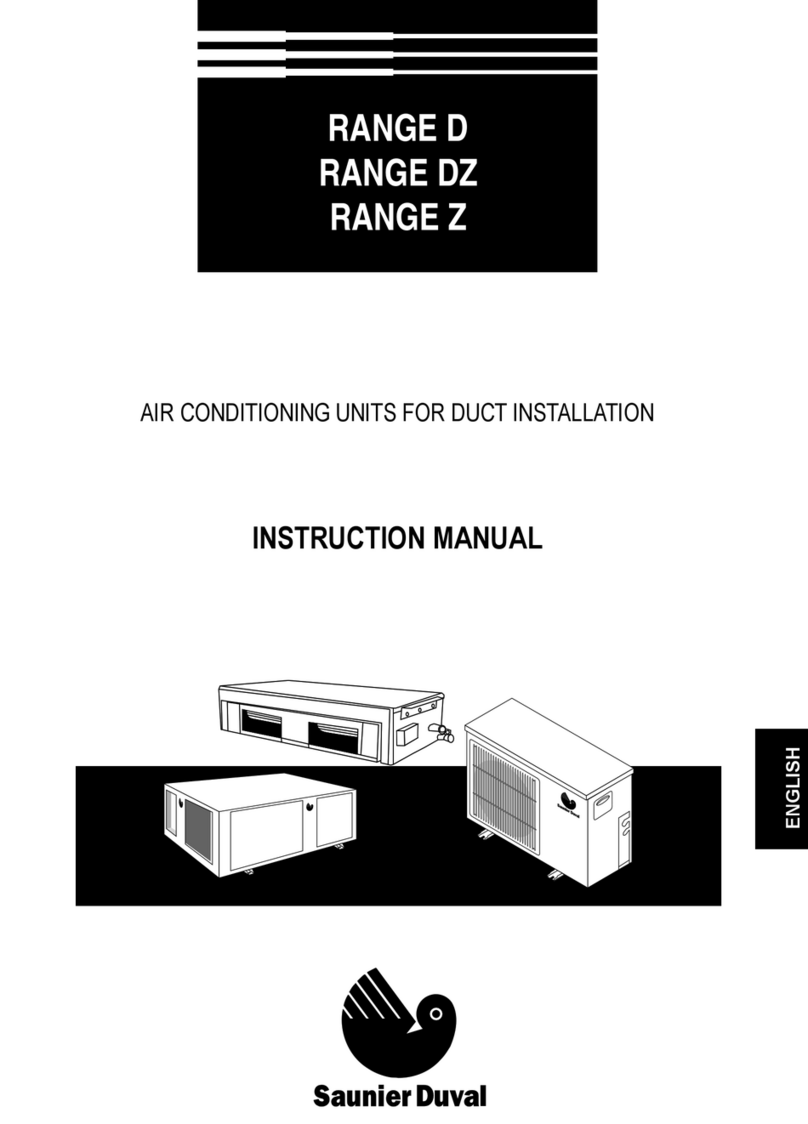Saunier Duval SDH 15-025 NW User manual
Other Saunier Duval Air Conditioner manuals
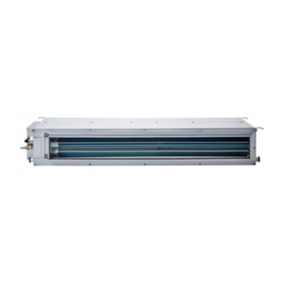
Saunier Duval
Saunier Duval 050 EKI User manual
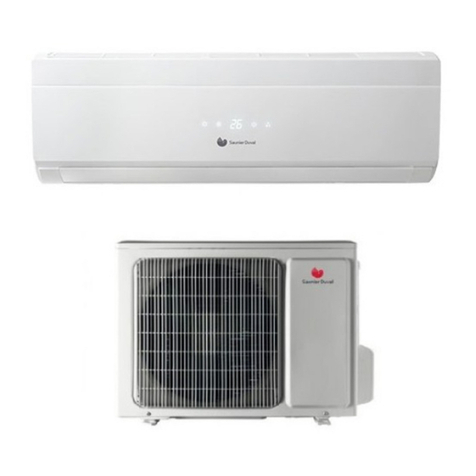
Saunier Duval
Saunier Duval SDH 31-026 NW User manual
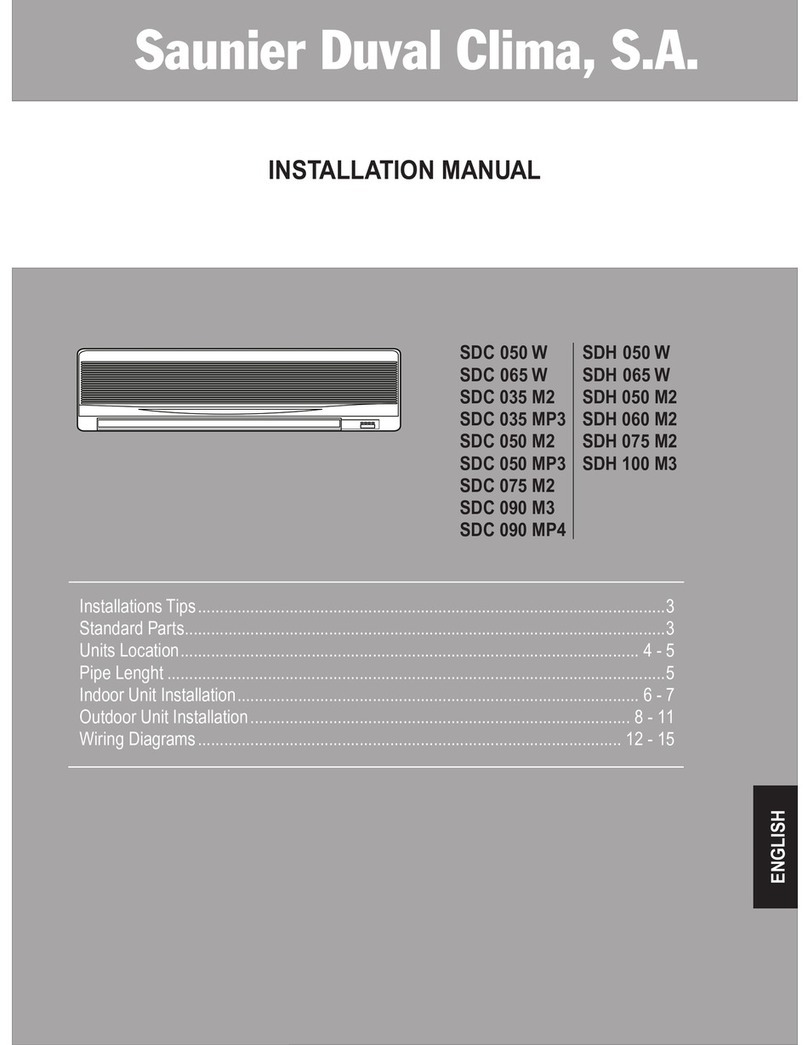
Saunier Duval
Saunier Duval SDC 050 W User manual
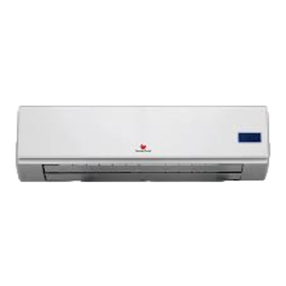
Saunier Duval
Saunier Duval 3-025 AW User manual

Saunier Duval
Saunier Duval SDH 17-050 M2NW User manual
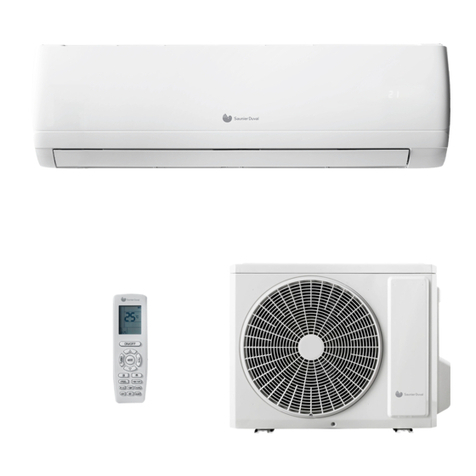
Saunier Duval
Saunier Duval VivAir One SDHL1-025NWO User manual

Saunier Duval
Saunier Duval SDH 17-035 NW User manual
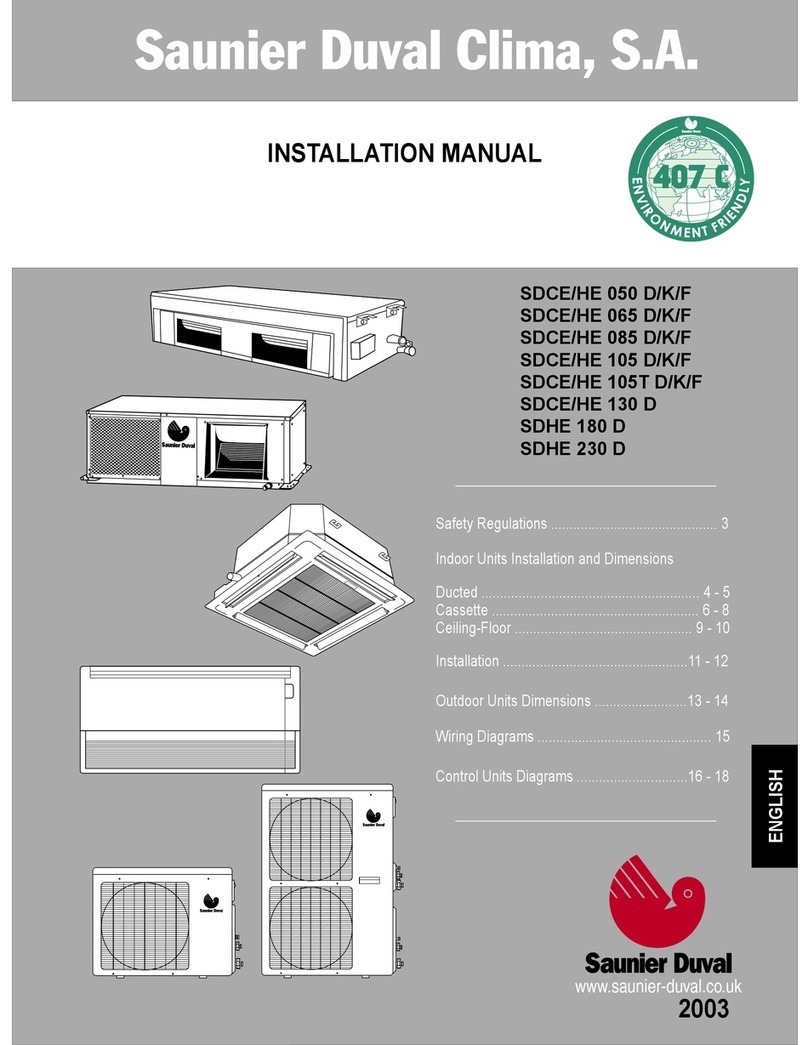
Saunier Duval
Saunier Duval SDHE 050 D User manual

Saunier Duval
Saunier Duval SDH 18-025 NW User manual

Saunier Duval
Saunier Duval SDH 17-025 NW User manual
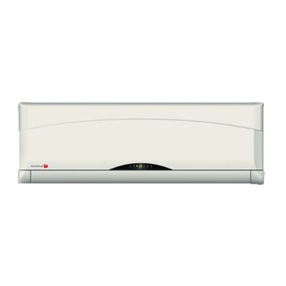
Saunier Duval
Saunier Duval SDH 10-025 W User manual
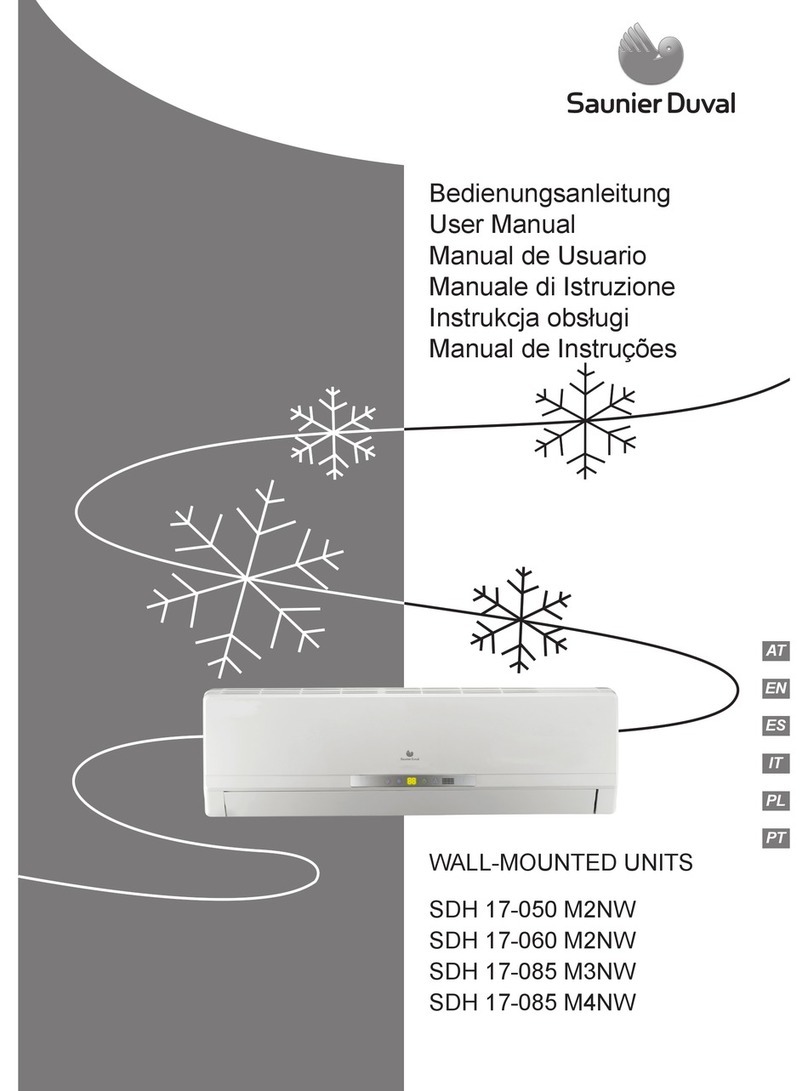
Saunier Duval
Saunier Duval SDH 17-050 M2NW User manual
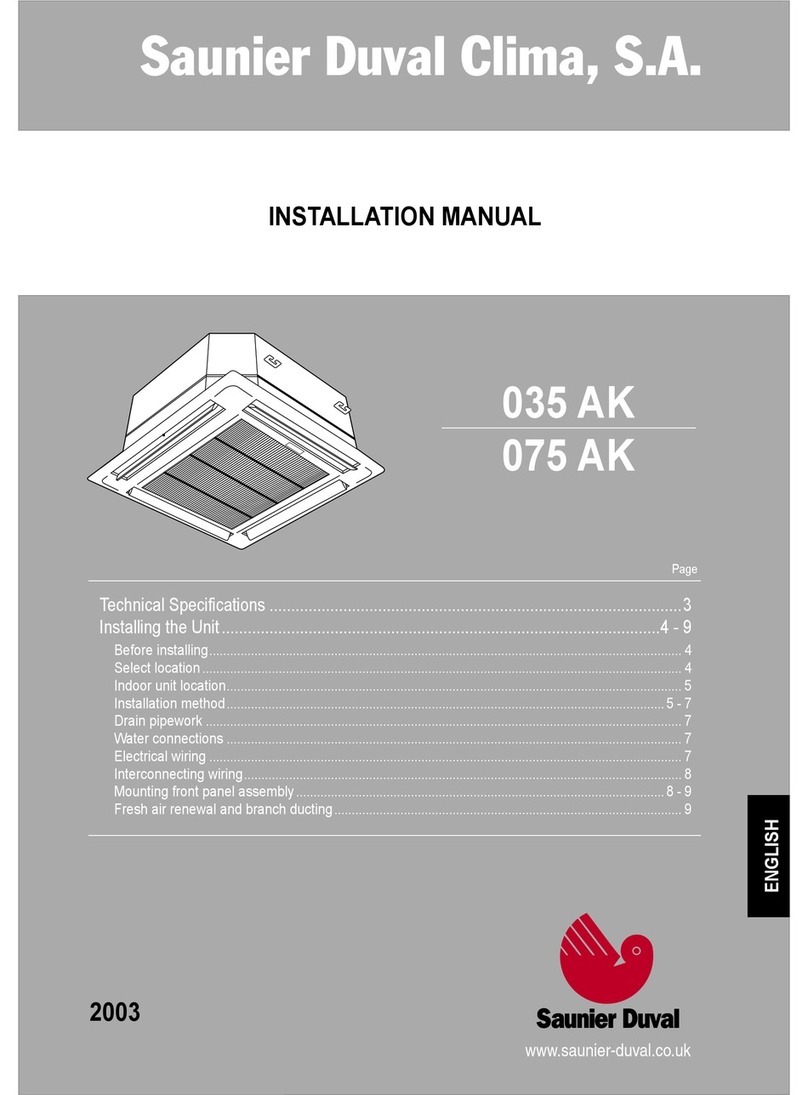
Saunier Duval
Saunier Duval 075 AK User manual
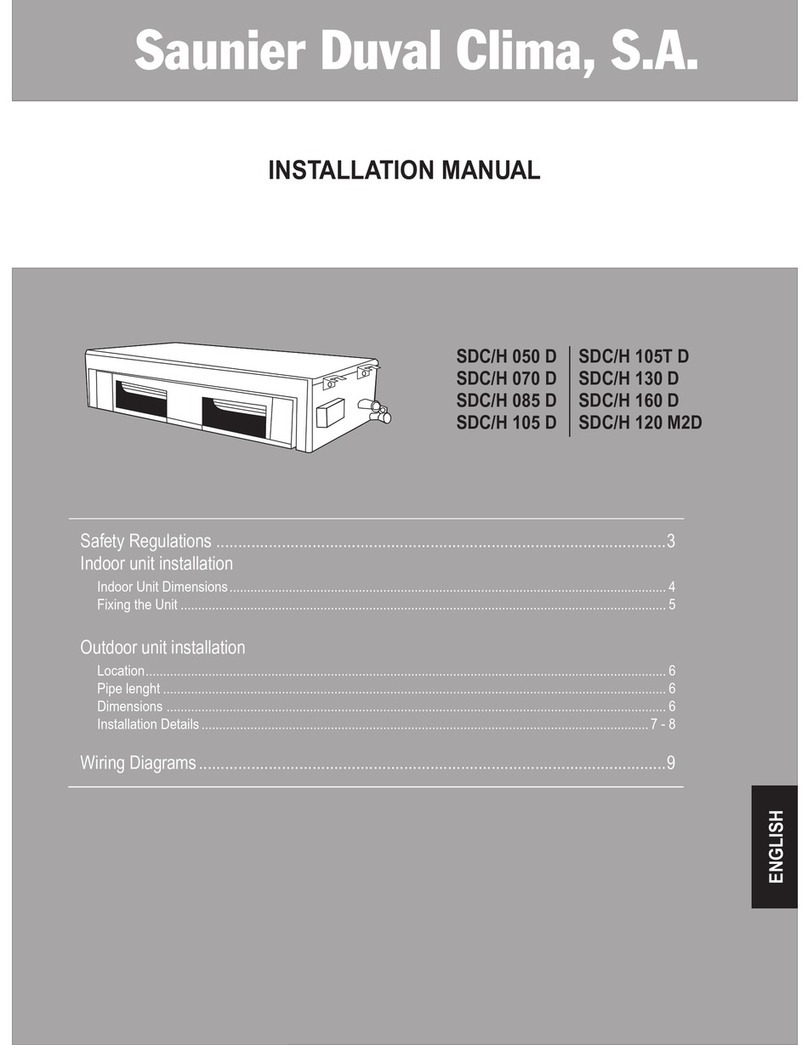
Saunier Duval
Saunier Duval SDC/H 050 D User manual

Saunier Duval
Saunier Duval SDH 31-026 NW User manual
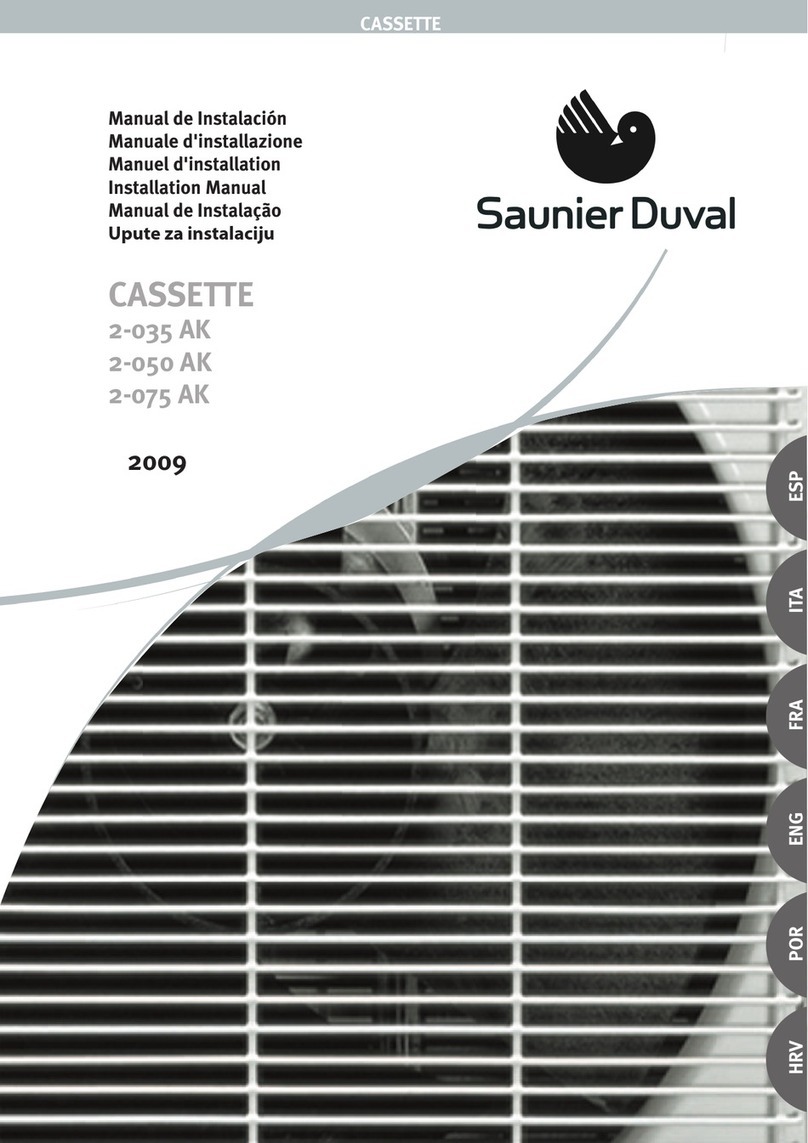
Saunier Duval
Saunier Duval 2-075 AK User manual
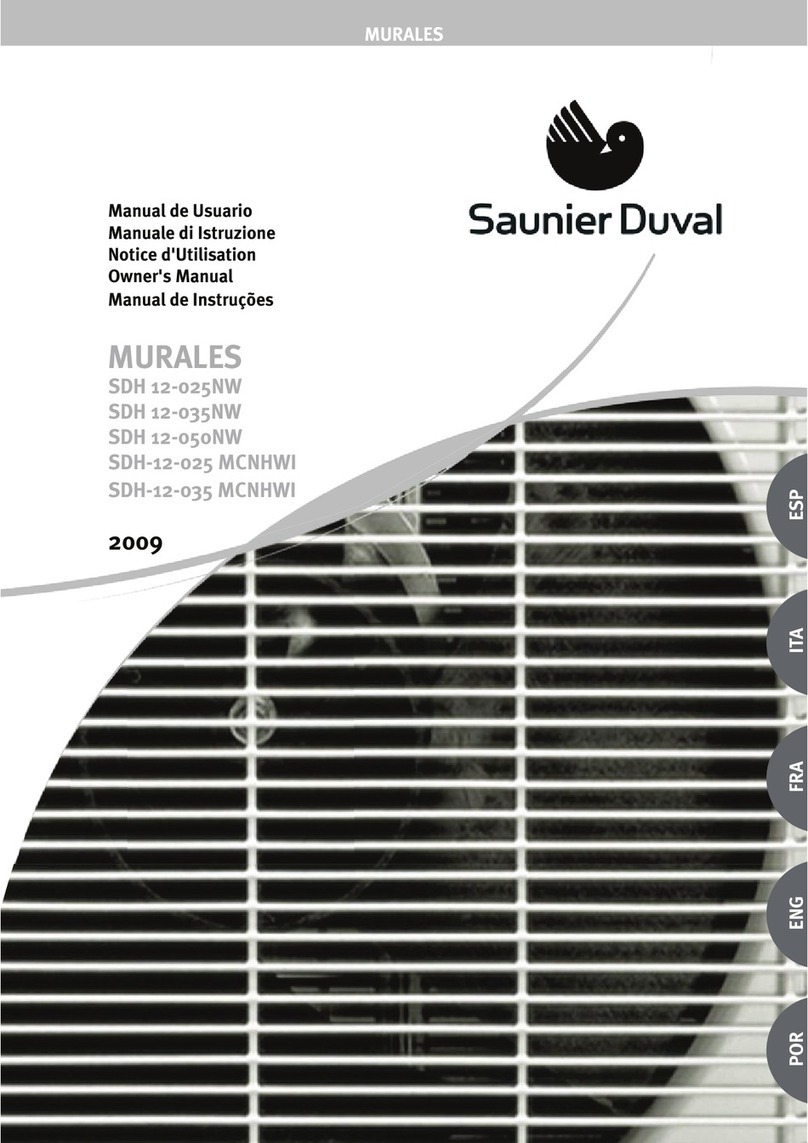
Saunier Duval
Saunier Duval SDH 12-025NW User manual

Saunier Duval
Saunier Duval SDHL-1 025 NW User manual

Saunier Duval
Saunier Duval SDH 17-050 M2NW User manual

Saunier Duval
Saunier Duval SDH 17-050 M2NW User manual
Popular Air Conditioner manuals by other brands

Fujitsu
Fujitsu ASYG 09 LLCA installation manual

York
York HVHC 07-12DS Installation & owner's manual

Carrier
Carrier Fan Coil 42B Installation, operation and maintenance manual

intensity
intensity IDUFCI60KC-3 installation manual

Frigidaire
Frigidaire FAC064K7A2 Factory parts catalog

Sanyo
Sanyo KS2432 instruction manual

Mitsubishi Electric
Mitsubishi Electric PUHZ-RP50VHA4 Service manual

Panasonic
Panasonic CS-S18HKQ Service manual

Panasonic
Panasonic CS-E15NKE3 operating instructions

Gree
Gree GWH18TC-K3DNA1B/I Service manual

Friedrich
Friedrich ZoneAire Compact P08SA owner's manual

Daikin
Daikin R32 Split Series installation manual

